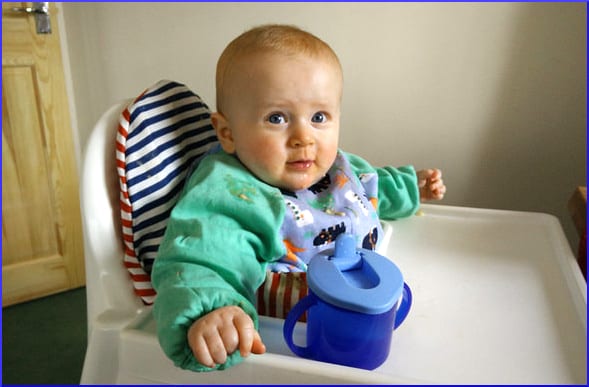
Unexpectedly, the compendium of hints, tips, and perhaps new ideas for parents continues from Childhood Obesity Awareness Month, on into October. And, speaking of the spooky month, it is not too soon to prepare. NOW is the time for concerned parents to avail themselves of all the collected Halloween suggestions that have appeared here at Childhood Obesity News.
Don’t sleep on it! Just open this link in the search engine of your choice, and have at it!
A community effort
The suggestions fall into large general categories, and we have been looking at motion and the expenditure of calories, but now the topic changes to the acquisition of those calories.
Families are universally urged to plan menus together. This will not prevent the occasional teenager from carefully specifying his wishes, and then refusing to eat the food when bought and served. But cooperation can often be attained by starting young. If a child begins with a sense of being consulted, and of having her wishes respected, she is probably less likely to become the teenager who acts out in such tiresome and annoying ways.
However, wishes are to be respected within parameters. One of the secrets taught in parenting courses is to give the illusion of choice. There can even be genuine choice — like, between a cup of blueberries, a medium-size banana, or a cup of carrots with two tablespoons of hummus.
These examples of 100-calorie snacks are offered by journalist Maria Trimarchi, who suggests getting input from kids by asking them to do the research on healthful noshes. There must be hundreds of potential 100-calorie snacks, and if you can get a child or a committee of them to compile a list, it’s possible that the time they invest in the project could inspire them to become true connoisseurs of the 100-calorie snack.
Trimarchi has another suggestion which may or may not be solid, and certainly can do no harm even if it doesn’t have a leg to stand on. It’s still worth knowing about for anyone who wants to really take a deep dive into the science of nutrition:
Teaching kids to combine food groups in their snacks adds to a snack’s health factor. Protein and carbohydrates are a good pairing — think cheese and crackers, yogurt and fruit — because the combo is filling enough to sustain you until mealtime.
Nutrition expert Maryann Jacobsen has recommendations about setting up meals. Apparently, the principle of maintaining a brisk rotation is key. Many people in America are able to choose, so make use of that good fortune by not serving the same food two days in a row, if you can help it.
Start early on the habit of not getting into a rut, and don’t let a child go on a “food jag.” If a question arises, calmly state, “We don’t eat the same things every day,” and maybe it will stick. She quotes Lindsay (a speech therapist), of “Food for Thought“:
For most kids who are problem feeders, once they get sick of that food they are jagging on, they completely eliminate it from their repertoire and never reintroduce it again. For a child who already has a limited food repertoire, this is definitely not something you want.
Your responses and feedback are welcome!
Source: “Big Kids: 10 Things Parents Can Do to Fight Childhood Obesity,” HowStuffWorks.com
Source: “The 10 Golden Rules For Exposing Kids To Food (Part 5),” MaryannJacobsen.com, 11/22/13
Photo credit: Iain Farrell on Visualhunt/CC BY-ND

 FAQs and Media Requests:
FAQs and Media Requests: 











